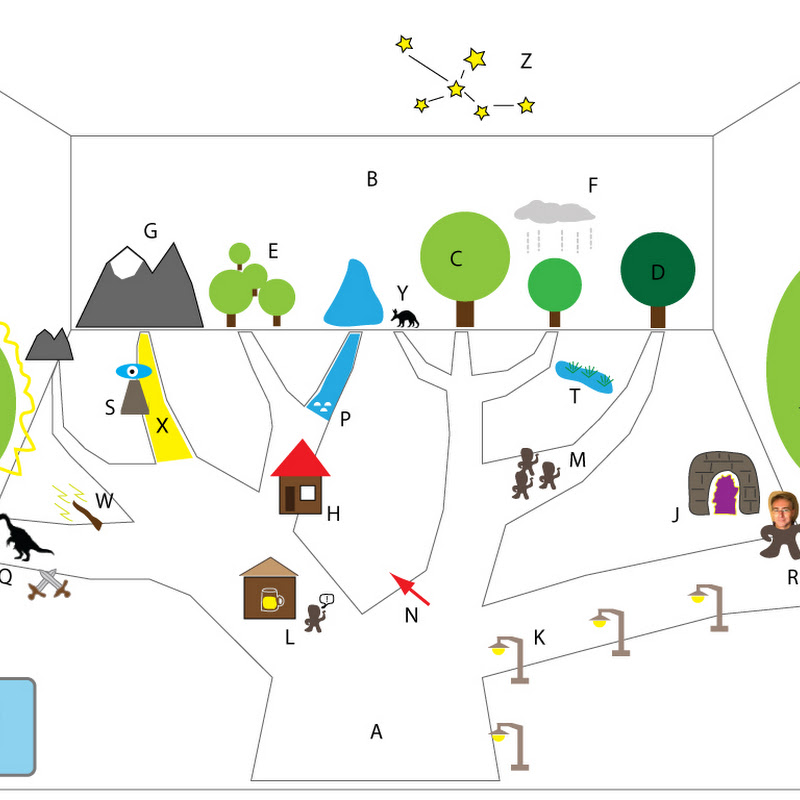After the teaser on Friday (see Deep zooming a large 2D tree) I've put a live demo of my experiments with viewing a large tree online at: http://iphylo.org/~rpage/deeptree/ The first example (Experiment 1) is the NCBI classification for frogs: Simple deep tree viewer from Roderic Page on Vimeo.
iPhylo

Matt Yoder (@mjyoder had a Twitter conversation yesterday about phylogeny viewers, prompted by my tweeting about my latest displacement activity, a 2D tree browser using the tiling approach made popular by Google Maps. As part of that conversation, Matt tweeted: Well, Matt's imagination has gone into overdrive, and he's blogged about his ideas. This issue deserves more exploration, but here are some quick thoughts.
Stumbled across this cool visualisation project by Petra Isenberg at Calgary University. Collaborative tree comparison uses a tabletop system to enable two (or more) people to interact when comparing (in this case) phylogenies. I want one!
Over on the EOL blog is a summary of a meeting Visualizing the Evolutionary Tree of Life. This sounds like it was a fun meeting, but part of me is suffering from déjà vu. Our community has tossed this subject around for a while now.

It's Friday, so time for some random, half-baked ideas. Imagine that we have a database of evolutionary trees, and these overlap for a set of taxa that we are interested in. How do we summarise these trees? One approach is to make a supertree. It would be useful to display the subtrees that went into making this supertree, if only to give an idea of how much they agree with the supertree. How to do this?

Mike Sanderson's wall of monitors is getting some attention. Cool as it looks (and I'm positively green with envy), this strikes me as the LCD equivalent of Science's suggestion that the reader print out a tree on several bits of paper doi:10.1126/science.300.5626.169. If we can fit the planet on a monitor, can't we fit the tree of life?

Greg Jordan and Bill Piel have released PhyloWidget, a Java applet for viewing phylogenetic trees. It's very slick, with some nice visual effects courtesy of Processing. PhyloWidget is open source, with code hosted by Google code. I'm a C++ luddite, so it took me a few moments to figure out how to build the applet, but it's simple enough, just type ant PhyloWidget at the command prompt.

I would prefer to avoid Microsoft-bashing, but today I've spent time trying to get my tree viewer to work under Internet Explorer 6 and 7, and it's hell. Here are the problems I've had to deal with: Empty DIV bug On IE 6 the top of the scrollbar overlapped the transparent area when the page first loads.

Inspired partly by the image viewers mentioned earlier, and tools like Google Finance's plot of stock prices, I've built yet another demo of one way to view large trees. You can view the demo here. On the left is a thumbnail of the tree, on the right is the tree displayed "full scale", that is, you can read the labels of every leaf. In the middle appears a subset of any internal node labels.

Continuing the theme of viewing big trees, another approach to viewing large objects is tiling , which most people will have encountered if they've used Google Maps.The idea is to slice a large image into many smaller pieces ("tiles") at different reoslutions, and display only those tiles needed to show the view the user is interested in. I'd thought about doing this for trees but abandoned it. However, I think it is worth